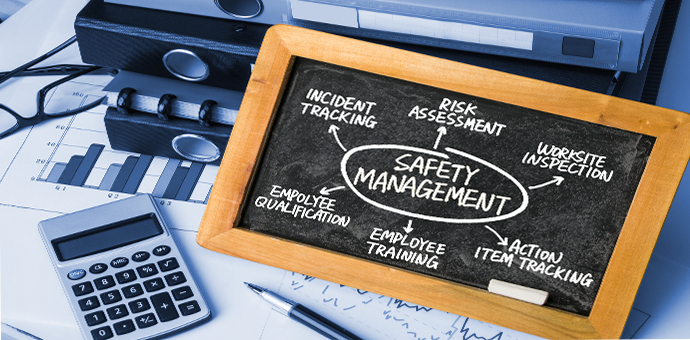Sofema Aviation Services takes a look under the hood! Where are the Safety Management System (SMS) drivers and how effective are they?
Introduction
The meaning of the word “safety” In aviation, safety means the state in which risks associated with aviation activities, related to, or indirect support of the operation of aircraft, are reduced and controlled to an acceptable level.
Accident, Incident and Event Causation is often understood through consideration of the “Swiss-Cheese” model, which was developed by James Reason to provide a visualization as to how accidents are enabled by involving successive breaches of what is essentially multiple system defences.
With the introduction of the concept of the “Total Aviation System Approach,” an emphasis is placed on the need to for all the SMS stakeholders to assume a level of responsibility, to understand risk and to fully engage with both the analysis and the development of mitigations to lower risk.
The latest approach taken by ICAO advocates treating the entire aviation industry as a system and all supporting entities as sub-systems. It does so by encompassing technological, organisational, social, and psychological approaches to safety and systems thinking.
Why Call SMS a System?
Essentially because an SMS offers a systematic approach to managing safety, including the necessary organisational structures, accountabilities, policies, and procedures.
Safety Systems have evolved following significant work on behalf of the International Civil Aviation Organisation (ICAO) together with the inherent obligation as member states of the United Nations (UN) to be able to demonstrate compliance with ICAO standards and recommended practices.
SMS provides the organisation with a framework of methodologies, tools and requirements that help to drive the obligations and to support the customisation of a management system that is best suited to the size and function of each particular organisation.
From ICAO to EASA
The ICAO Annexes provide Standards and Recommended Practices (SARPS) to be enforced or adopted by States’ National Aviation Authorities (NAA) as regulations or as industry best practices for civil aviation.
In all EASA aviation domains, (except airworthiness due work in progress), the rules are structured as follows:
Authority Requirements (A/R) take due account of the critical elements of a safety oversight system defined by ICAO Annex 19:
They include elements that are essential for establishing a comprehensive aviation safety management system at EU level.
These common authority requirements are directly relevant to the implementation of the European Aviation Safety Programme (EASP).
Organisation Requirements (O/R) include consolidated general requirements for management systems.
They are designed to embed the ICAO Annex 19 in a way as to ensure SMS compatibility with existing management systems and to encourage an integrated management system.
It should fit various organisations, whatever their size, nature or complexity of activities and whatever business model they follow, thus catering for proportionate application.
Considering the Human Dimension to Safety Systems!
Human factors affect aviation safety during various stages of the aircraft or system life cycle, from design, manufacture, operation, and maintenance. Modern safety thinking understands the importance of including human factors training as a key component of any effective SMS.
Tools to manage maintenance error as well as other human factor related accident investigation tools are typically used by aviation safety practitioners as part of their safety management systems.
Further Information Regarding Forthcoming SMS Training
Safety Management Systems – Aviation Risk Management – 5 Days – Sofia, Bulgaria
The course will run from 9 am to 5 pm on February 17th until February 21st 2020
Further Guidance
Sofema Aviation Services (SAS) and SofemaOnline (SOL) are pleased to offer a range of EASA compliant regulatory training courses in support of Multiple Regulatory Compliance and Competence Development. For details please see www.sassofia.com, www.sofemaonline.com or email: office@sassofia.com or online@sassofia.com.
Tags:
aviation safety, Aviation Training, Human Factors, Safety Management System, SMS, Sofia session





